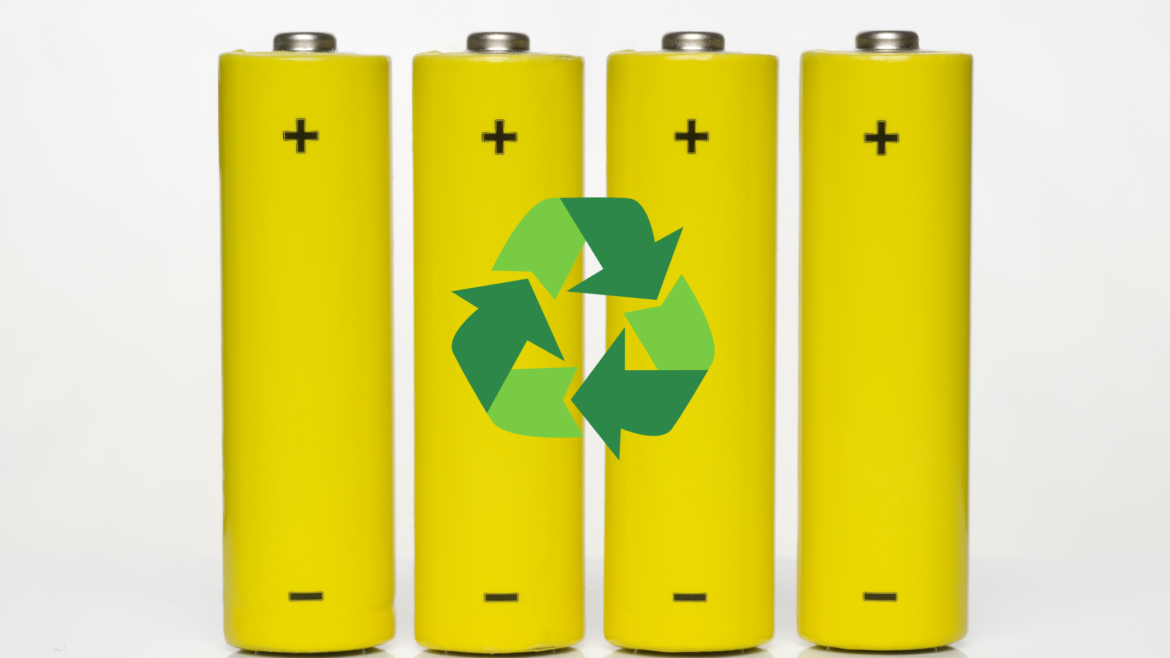As the world transitions towards greener energy solutions, lithium-ion batteries (LIBs) are playing a pivotal role, especially in electric vehicles (EVs) and renewable energy storage. With the rising demand for LIBs, an equally significant concern is emerging around their disposal and the potential environmental hazards they pose. Enter the lithium-ion battery recycling market—an industry rapidly gaining traction for its economic and environmental importance.
This blog will delve into the growing global and Indian markets for lithium-ion battery recycling, explore technological advancements, and discuss the challenges faced by this promising sector.
Global Market Overview
The global lithium-ion battery recycling market is set to grow exponentially, with projections estimating it will reach USD 23 billion by 2027. This surge is driven by several factors:
- Increased Battery Usage: The number of lithium-ion batteries reaching the end of their lifecycle is steadily rising due to the growing popularity of electric vehicles and energy storage systems.
- Sustainable Resource Management: Recovering valuable materials like lithium, cobalt, and nickel from used batteries not only conserves natural resources but also reduces the environmental burden of mining these metals.
- Regulatory Pressures: Governments worldwide are imposing stricter regulations on battery disposal, aiming to mitigate the adverse effects on the environment. These regulatory pressures are accelerating the adoption of recycling methods across industries.
The push for recycling is not just about environmental stewardship—it also presents lucrative economic opportunities by recovering valuable metals, reducing dependency on primary resources, and contributing to a circular economy.
Advances in Recycling Technologies
The success of lithium-ion battery recycling hinges on the efficiency and innovation of the technologies used. Two major methods stand out:
- Hydrometallurgy: This involves using aqueous solutions to extract valuable metals from spent batteries. It’s a more environmentally friendly approach and is being developed to improve recovery rates.
- Pyrometallurgy: A high-temperature process, pyrometallurgy is widely used to recover metals but has higher energy demands and associated emissions. However, research is ongoing to reduce its carbon footprint and make it a more viable long-term solution.
Innovations in recycling processes continue to evolve. For instance, researchers like Liu Chunli and Cao Lina have proposed methods to enhance large-scale production and recovery efficiency, signaling positive advancements on the horizon.
However, it’s not all smooth sailing. The industry still faces challenges, such as optimizing the scalability of recycling plants, ensuring the safety of the recycling process, and dealing with the toxicity of battery components.
The Indian Lithium-Ion Battery Market
India’s lithium-ion battery market is witnessing significant growth, particularly with the increasing adoption of electric vehicles and renewable energy storage solutions. By 2025, the Indian market is expected to reach a value of approximately USD 3 billion, with an impressive compound annual growth rate (CAGR) of around 30%. The country’s aggressive push towards electrification and sustainability is driving this boom.
Key Drivers of Growth:
- Electric Vehicle Adoption: The Indian government has rolled out various incentives and policies to promote EV usage. This includes subsidies for electric vehicles and tax exemptions, which are encouraging consumers and manufacturers to switch from traditional combustion engines to electric-powered alternatives.
- Renewable Energy Integration: With India’s ambitious renewable energy targets, there is a growing need for energy storage solutions to ensure the stability of the grid. LIBs are becoming essential in storing energy generated from solar and wind sources.
Despite this promising trajectory, India faces challenges when it comes to battery recycling. The infrastructure required for large-scale recycling is still in its infancy, and policies specific to lithium-ion battery waste management are being developed. Establishing an efficient recycling system will be crucial to avoid the environmental risks posed by battery disposal.
Recycling Technologies and Their Impact in India
The importance of lithium-ion battery recycling in India cannot be overstated. As the country’s EV market grows, so does the volume of used batteries that need proper disposal. Recent advancements in recycling technologies are crucial to meeting this challenge:
- Technological Innovations: Indian industries are exploring advanced recycling processes such as hydrometallurgy to recover valuable materials like lithium, cobalt, and nickel from used batteries. This not only mitigates the environmental impact but also boosts the economic viability of the recycling industry.
- Economic Benefits: Efficient recycling processes contribute to cost savings for manufacturers. By recovering valuable raw materials, companies can reduce the cost of new battery production and lessen their reliance on expensive imports.
While the potential is immense, India still needs to overcome hurdles related to the collection and processing of spent batteries. Public awareness campaigns, government incentives, and collaboration between industries will play vital roles in shaping the future of battery recycling in the country.
Challenges and Opportunities
As both the global and Indian markets look toward an increase in lithium-ion battery recycling, several challenges need to be addressed:
- Safety Concerns: The disposal of LIBs carries inherent risks, such as the potential for fires and chemical leakage. Developing safe and efficient recycling methods is a priority to mitigate these risks.
- Infrastructure Gaps: Establishing large-scale recycling systems will require significant investment in infrastructure, especially in developing countries like India, where the market is still emerging.
- Policy and Regulation: While countries are implementing regulations on battery disposal, comprehensive policies surrounding the lifecycle of lithium-ion batteries— from production to disposal—are still evolving. Consistent global standards will be necessary to ensure the safe handling and recycling of these batteries.
Despite these challenges, the opportunities for growth are vast. With rising demand for electric vehicles and renewable energy storage solutions, the need for efficient recycling systems will only become more pronounced.
Conclusion
The global and Indian markets for lithium-ion battery recycling are poised for substantial growth, driven by the increasing adoption of electric vehicles and renewable energy. As technology continues to advance and regulatory frameworks evolve, the recycling industry offers a unique opportunity to address both economic and environmental challenges.
Efficient recycling processes will not only help manage the growing volume of spent batteries but also contribute to a more sustainable and circular economy. With continued innovation and investment, the lithium-ion battery recycling market is set to thrive, ensuring a cleaner, greener future for generations to come.


Leave a Reply